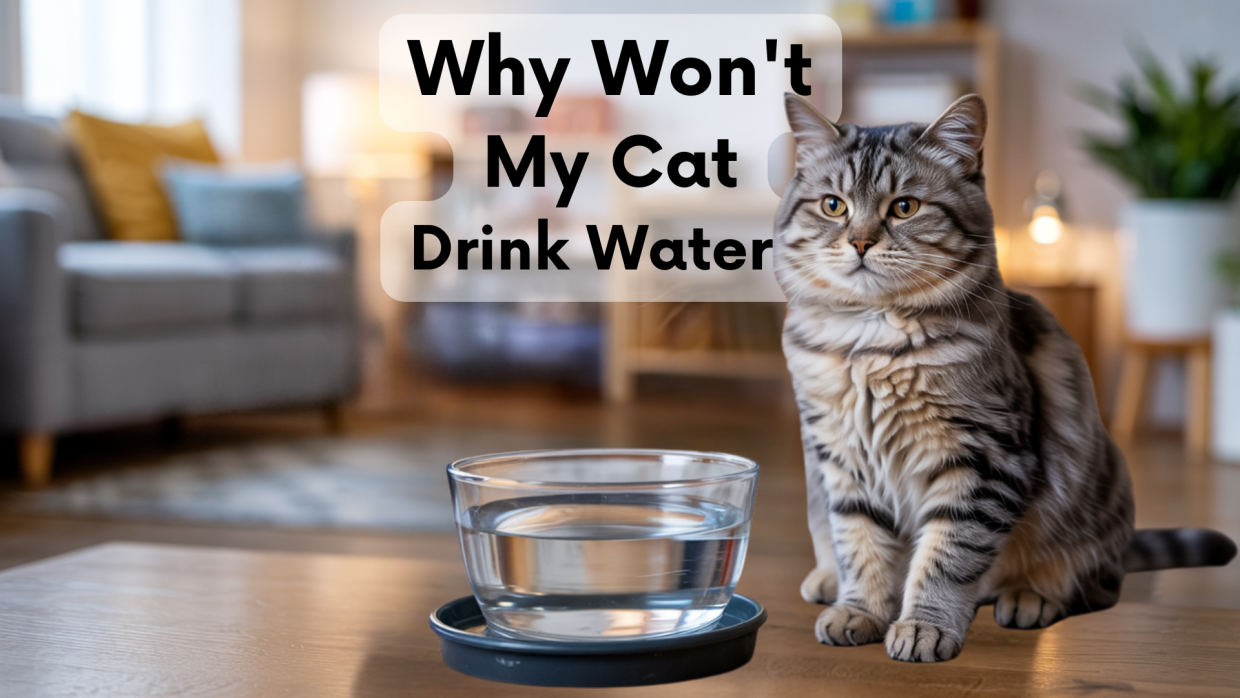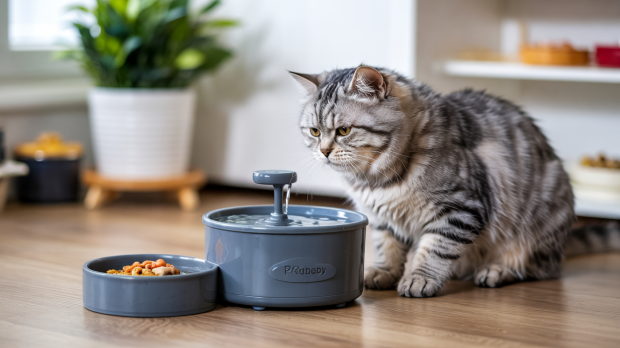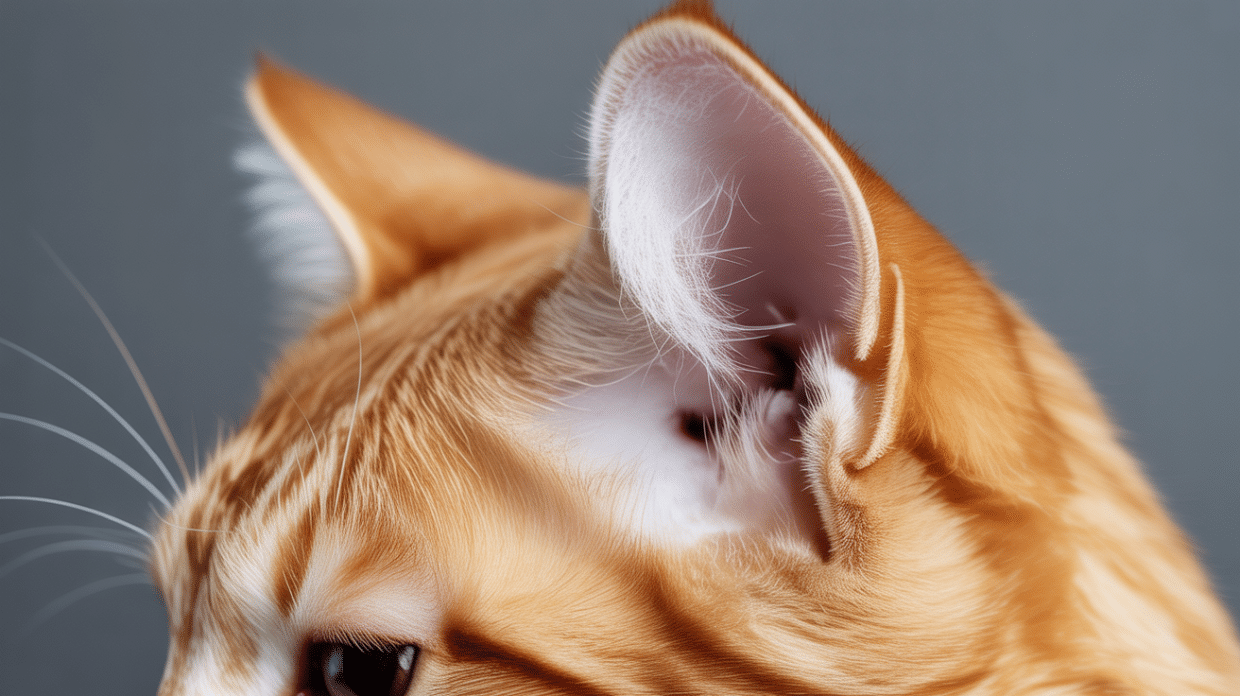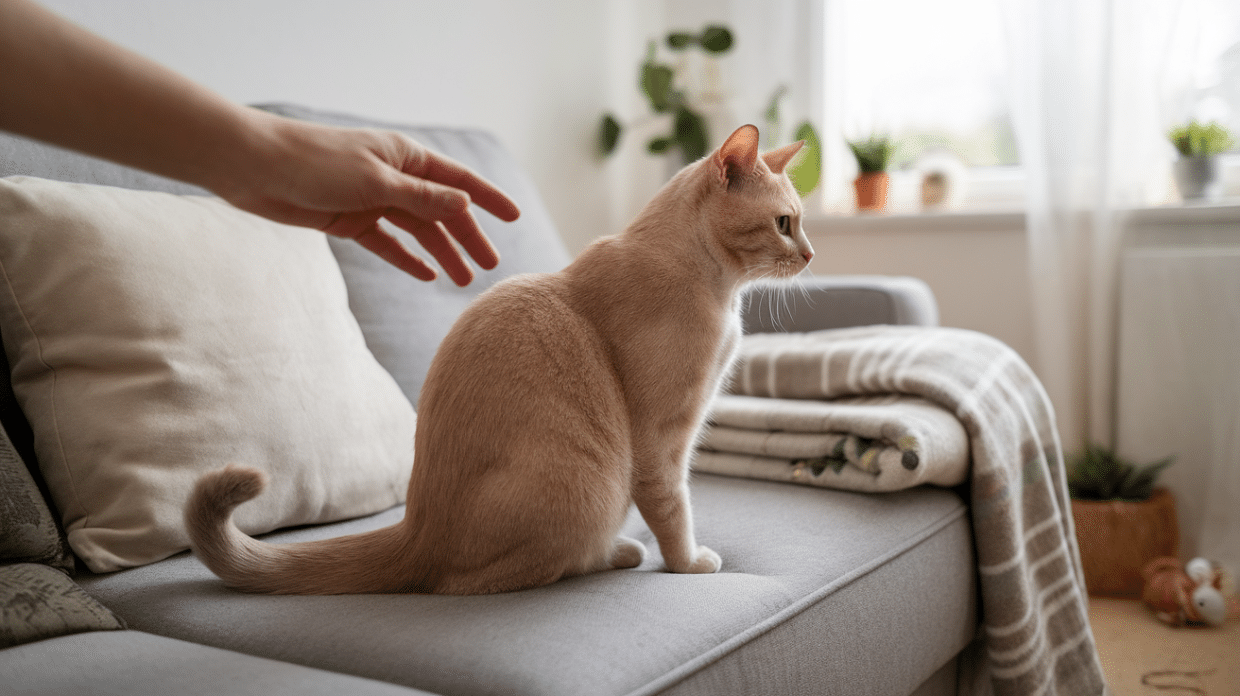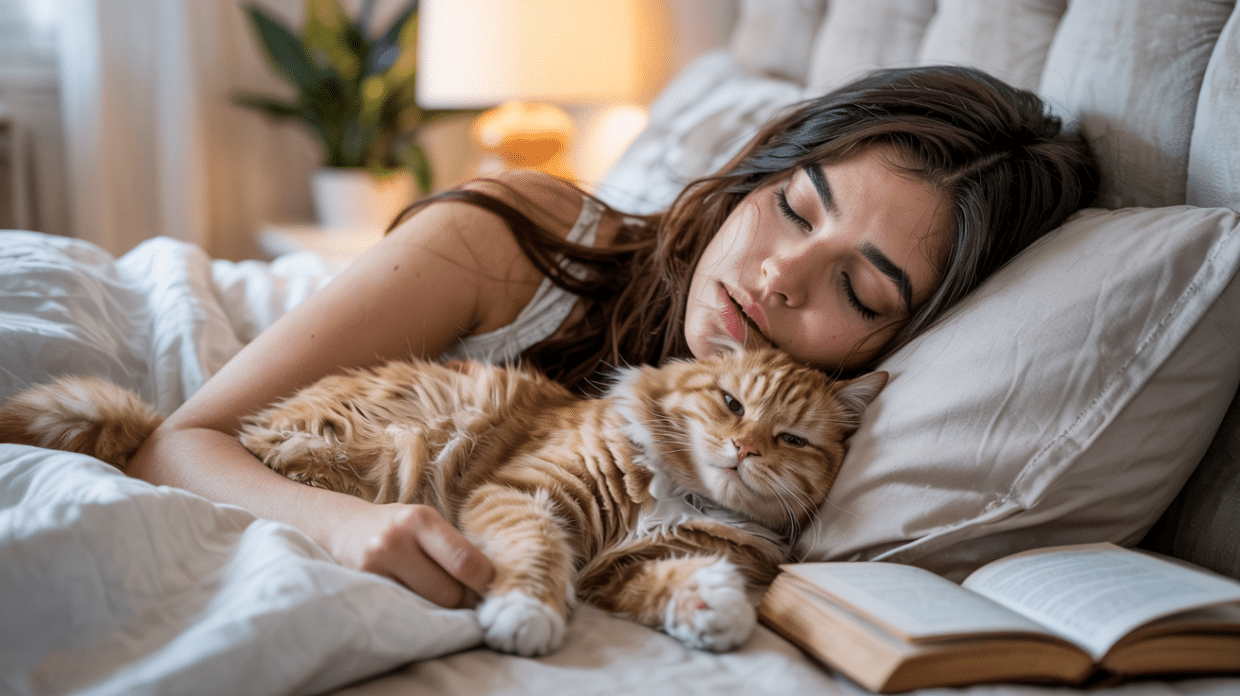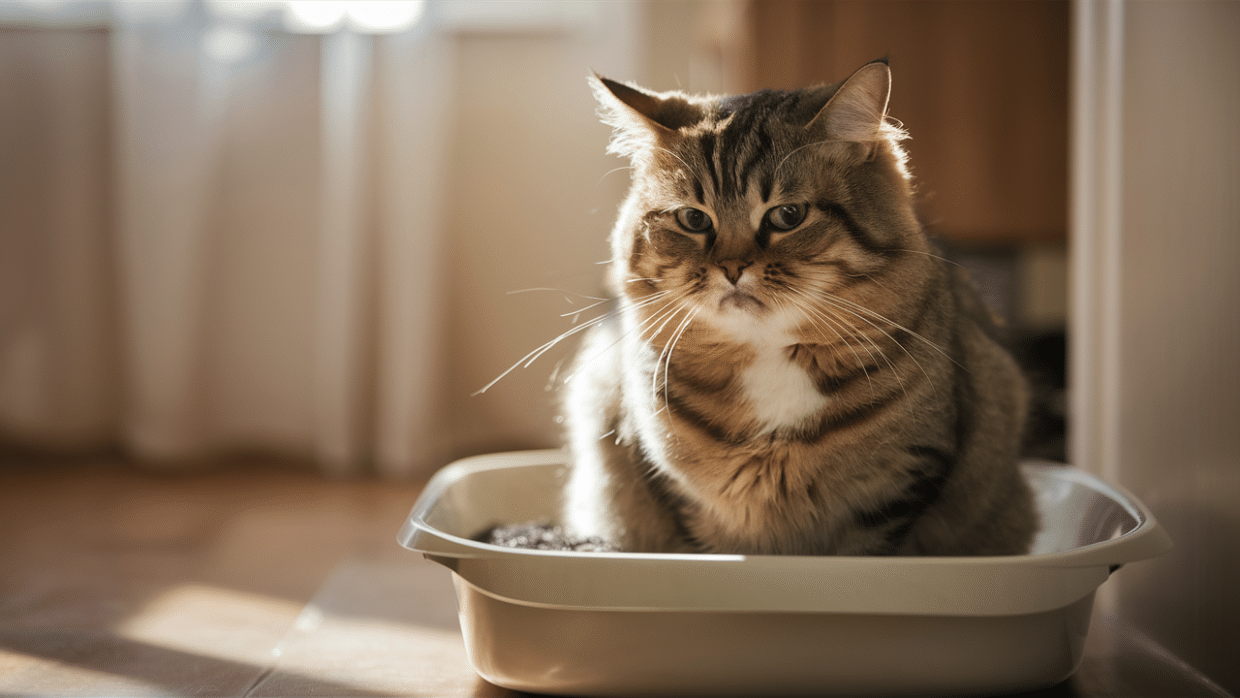Has your furry friend been ignoring their water bowl lately? You’re not alone! Many cat parents worry when their pets don’t seem to drink enough water.
Cats can be surprisingly fussy about their drinking habits, but don’t stress just yet.
In this guide, we’ll look at why your cat might be turning up their nose at water, how to spot if they’re getting dehydrated, and simple fixes you can try at home. Even the pickiest cats start drinking more with a few small changes to their setup.
Water is vital for your cat’s health, but the good news is that most drinking problems have easy solutions.
Let’s figure out what’s going on with your kitty and get them happily hydrated!
Common Reasons Your Cat Won’t Drink Water
Cats can be picky about their water. If your furry friend isn’t drinking enough, it could be due to several factors. Understanding why your cat avoids water is the first step to fixing the problem.
Let’s look at the most common reasons and how you can help.
Environmental Factors
Your cat might avoid water because of where or how you serve it. Cats hate when their water is near their litter box or food. They may also refuse to drink from plastic or metal bowls.
Some cats get stressed when their whiskers touch the bowl sides. They also turn up their nose at water that’s old, dirty, or warm. Noisy spots make drinking scary for them, too.
Diet-Based Reasons
What your cat eats affects how much they drink. Dry food doesn’t give cats the moisture they need, making them thirsty. Without wet food in their diet, cats might not get enough water overall.
Changing your cat’s food suddenly can upset them, causing them to avoid both food and water until they feel better.
Health Issues
Not drinking water can signal health problems. Cats with kidney or liver issues may drink less or more than usual. Sore teeth or gums make drinking painful for your cat.
Upset stomachs or feeling sick can reduce thirst. Conditions like diabetes, fever, or being too hot can change how much water your cat wants.
Behavioral or Emotional Causes
Cats are sensitive to changes. Moving to a new home or changing their daily routine can make them stop drinking. Your cat might feel unsafe if their water bowl has been moved.
Other pets can cause stress, too. If another animal guards the water area, your cat might stay away rather than risk a fight.
Signs Your Cat May Be Dehydrated
Watching for signs of dehydration is important to keep your cat healthy. These signals can help you know when to take action or call your vet.
- Sunken Eyes: Your cat’s eyes may look different when they need water. If you notice their eyes appear sunken or don’t look as bright and full as usual, this could mean they’re not getting enough fluids.
- Dry, Sticky Gums: Touch your cat’s gums gently. Healthy gums feel wet and slick. If they feel dry or sticky, your cat likely needs more water. The gums might also look less pink than normal.
- Less Elasticity in Skin: Try this simple test: gently pinch the skin between your cat’s shoulder blades. If it stays “tented” or slowly returns to normal instead of snapping back quickly, your cat might be dehydrated.
- Lethargy: A dehydrated cat often has low energy. If your normally active cat seems tired, moves slowly, or sleeps more than usual, a lack of water could be the cause. They might not want to play or move around much.
- Refusal to Eat: Cats who don’t drink enough water often stop eating, too. If your cat shows no interest in food but hasn’t had other changes, check their water intake. The two behaviors are often connected.
How to Encourage Your Cat to Drink More
Getting your cat to drink more water can feel like a challenge. I’ve found some simple tricks that might help your furry friend stay hydrated. These tips are easy to try at home and could make a big difference for your cat’s health.
Try Different Water Sources
Cats can be picky about how they drink. I recommend getting a small water fountain – many cats love moving water! You might try bowls made of different materials, too.
Set up water spots around your home. Your cat might like drinking in the bathroom or bedroom better than in the kitchen.
Make Water More Appealing
I’ve seen cats rush to drink when I add a bit of tuna juice to their water. A splash of low-sodium chicken broth works well, too!
Keep the water fresh and cool. Change it twice daily. Moving the bowl away from food often helps – cats prefer this space to be separate.
Adjust Their Diet
Wet food is a secret weapon for cat hydration. It contains much more moisture than dry kibble, helping your cat stay hydrated.
You can mix extra water into their wet food. I sometimes add a tablespoon of water or broth to make a tasty “soup” my cats love.
Monitor Behavior Closely
Keep an eye on how often your cat visits their water bowl. I use a small mark on my calendar whenever I see my cat drinking.
Watch your cat’s energy levels. More playful behavior often means your hydration efforts are working! Less energy might mean you need to try something new.
When to Call the Vet
Sometimes your cat’s water issues need a professional’s help. Trust your gut feeling – you know your cat better than anyone. Don’t wait too long if something seems wrong. Quick action could save your furry friend from serious health problems.
If your cat hasn’t touched water for a full day, it’s time to call the vet. Watch for signs we talked about earlier – sunken eyes, sticky gums, or skin that doesn’t bounce back. These are red flags.
When water issues come with throwing up, runny poop, or food refusal, your cat needs help fast. Also, call if your kitty seems in pain or has no energy. Better safe than sorry!
Conclusion
Getting your cat to drink more water might take some trial and error. I’ve found that small changes, like trying new bowls or adding wet food, can make a huge difference in keeping your furry friend healthy.
Remember to watch your cat closely for signs they need more water, and don’t hesitate to call your vet if you’re worried. You’re the best person to notice when something seems off with your pet.
Most cats can be convinced to drink more with patience and the right approach. The tips we’ve shared come from years of cat owners solving this exact problem.
Trust your instincts and try these simple solutions. Your attention to this detail shows just how much you care!

